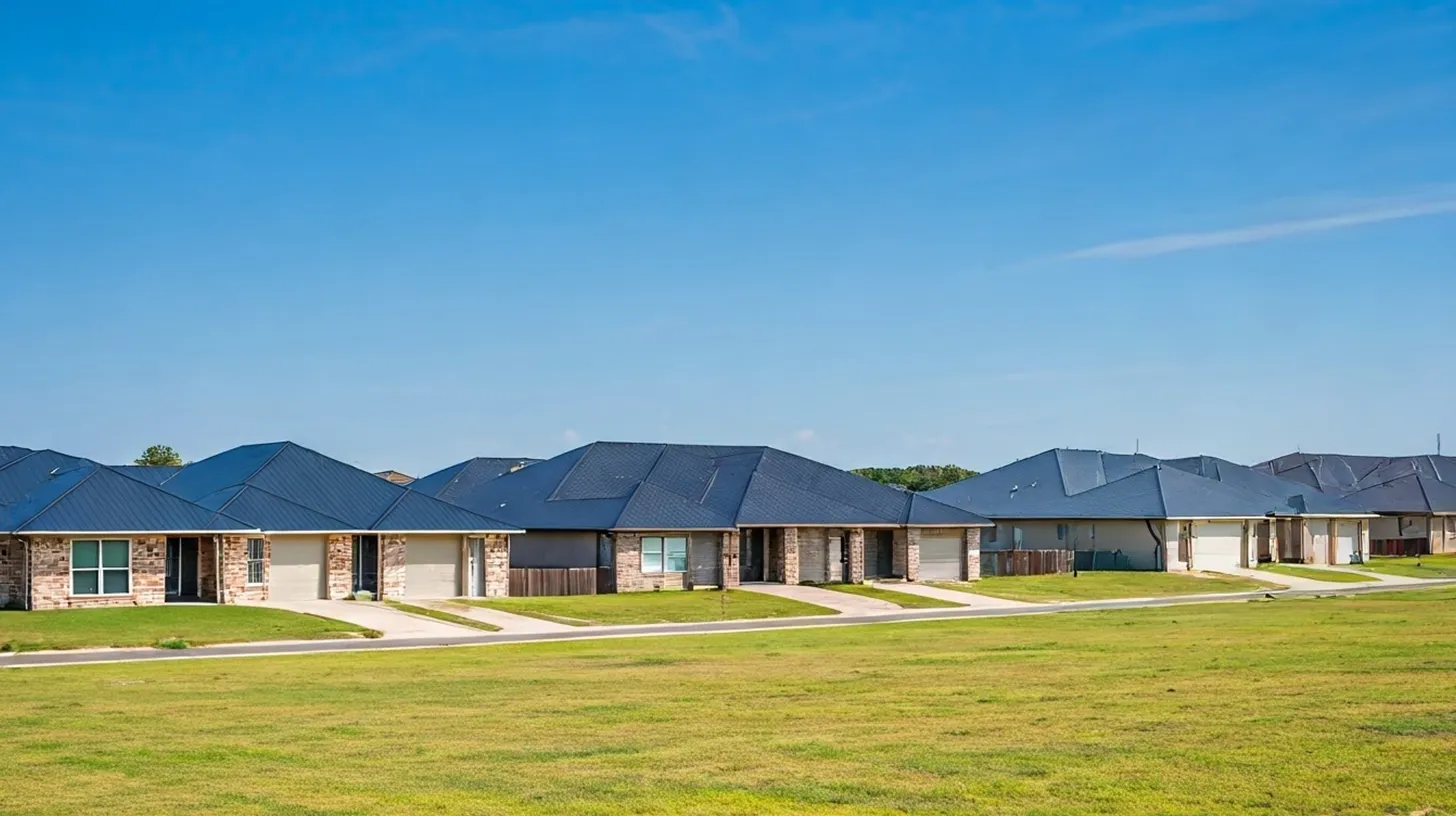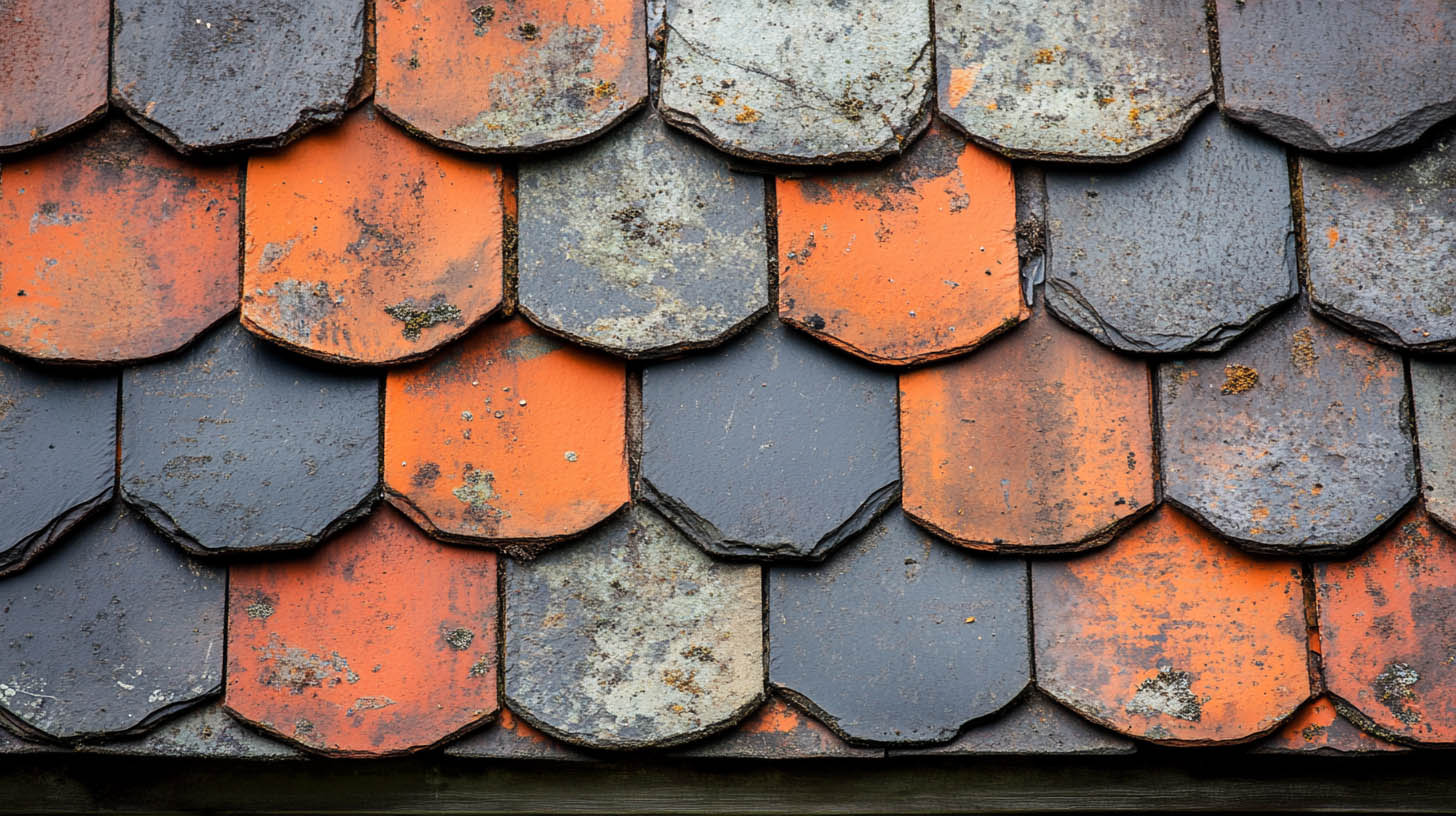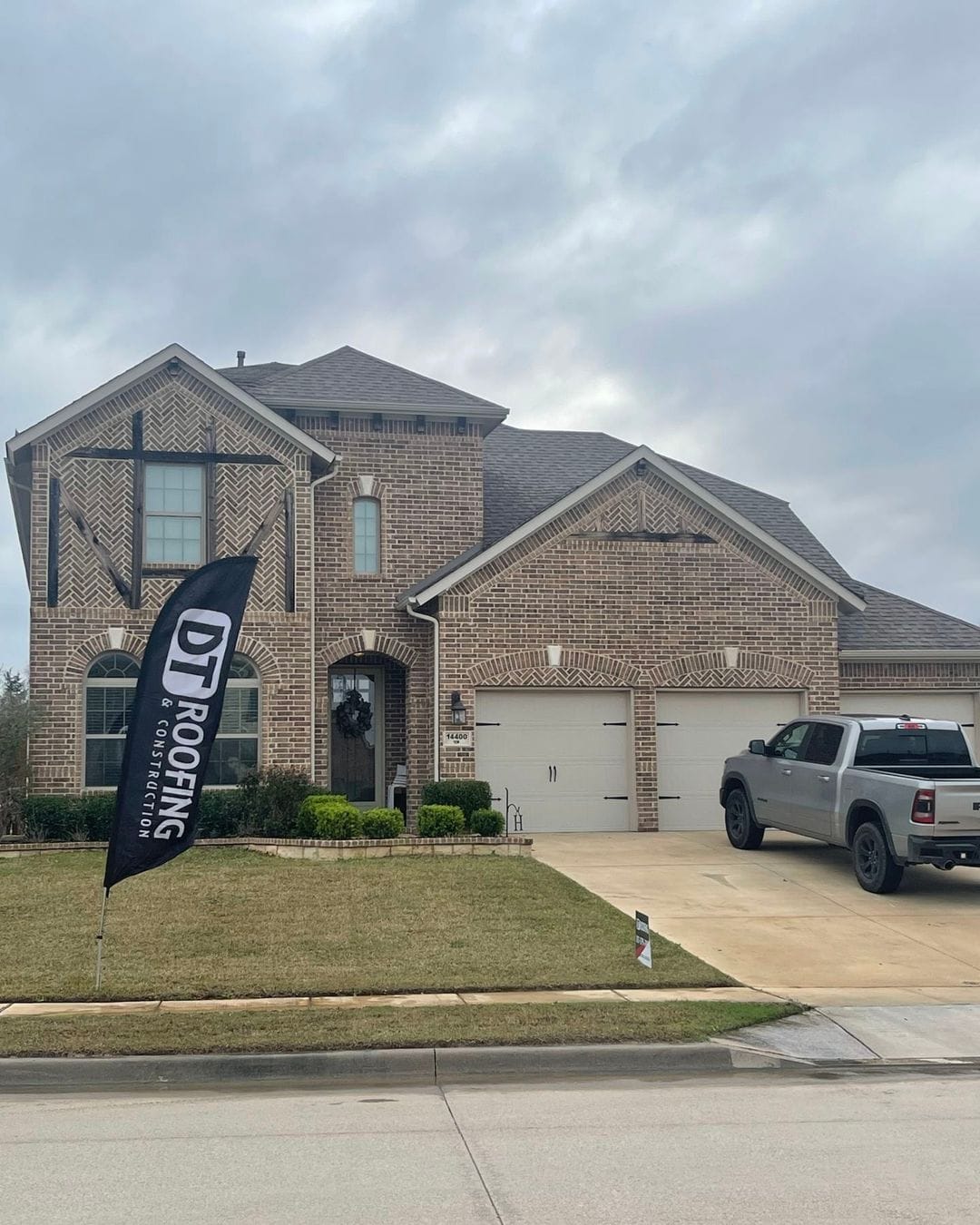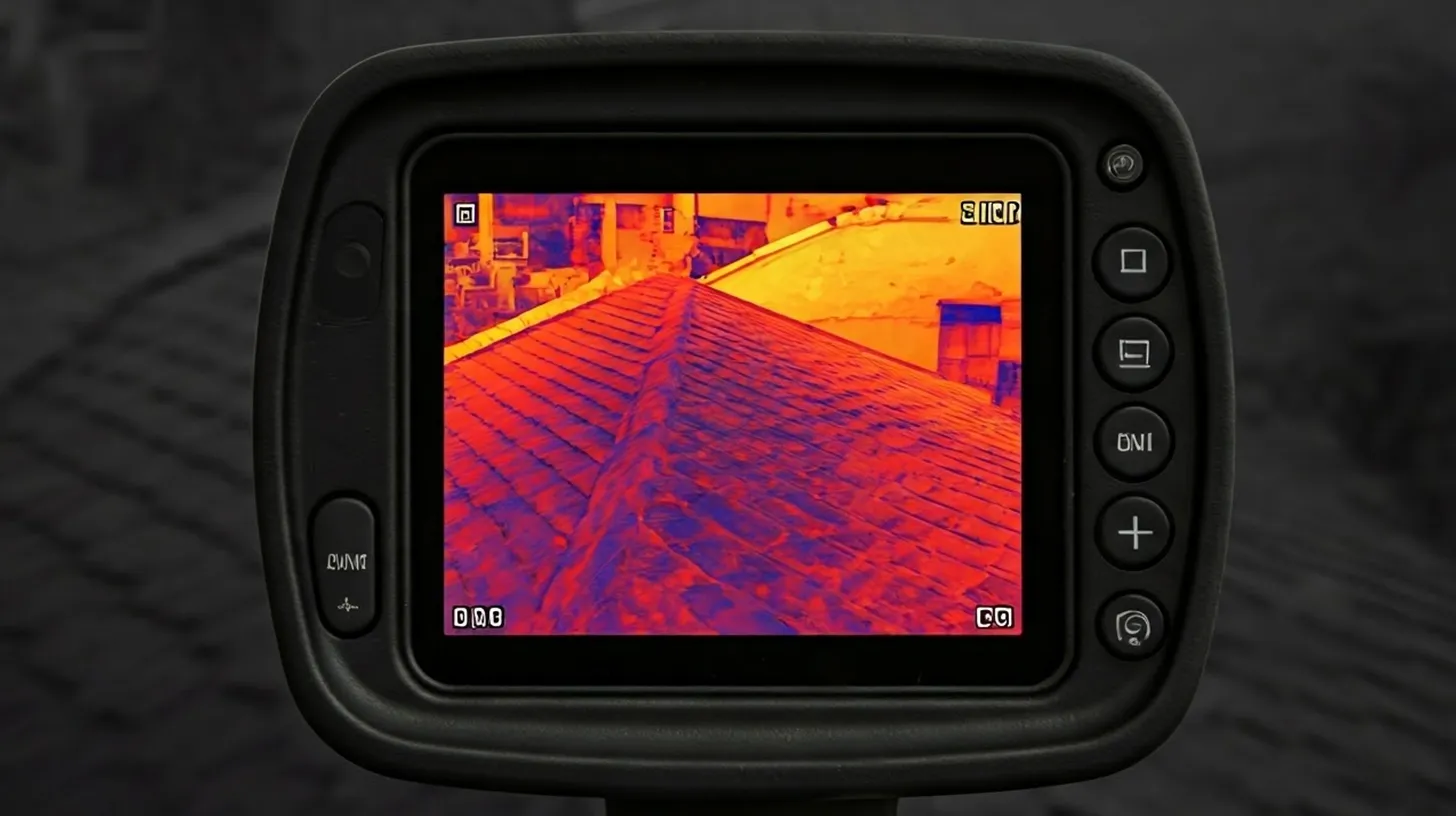
What Your Roof Looks Like Through Thermal Imaging Cameras
Thermal imaging, also known as infrared imaging, has become an indispensable tool in the roofing industry. This technology allows roofing professionals to perform comprehensive roof inspections by detecting temperature differences on the roof surface. Through thermal imaging cameras, we can identify a range of roofing problems, including moisture intrusion, insulation deficiencies, and even potential leaks, all without causing any damage to the roof structure.
Understanding Thermal Imaging Technology
Before we explore its applications in roofing, let’s understand how thermal imaging works. In essence, thermal imaging cameras capture the infrared radiation emitted by objects. This radiation is invisible to the naked eye but correlates directly to the object’s temperature.
The camera then translates these temperature variations into a visual representation called a thermogram. In a thermogram, different colors represent different temperatures, allowing us to “see” heat patterns and identify anomalies.
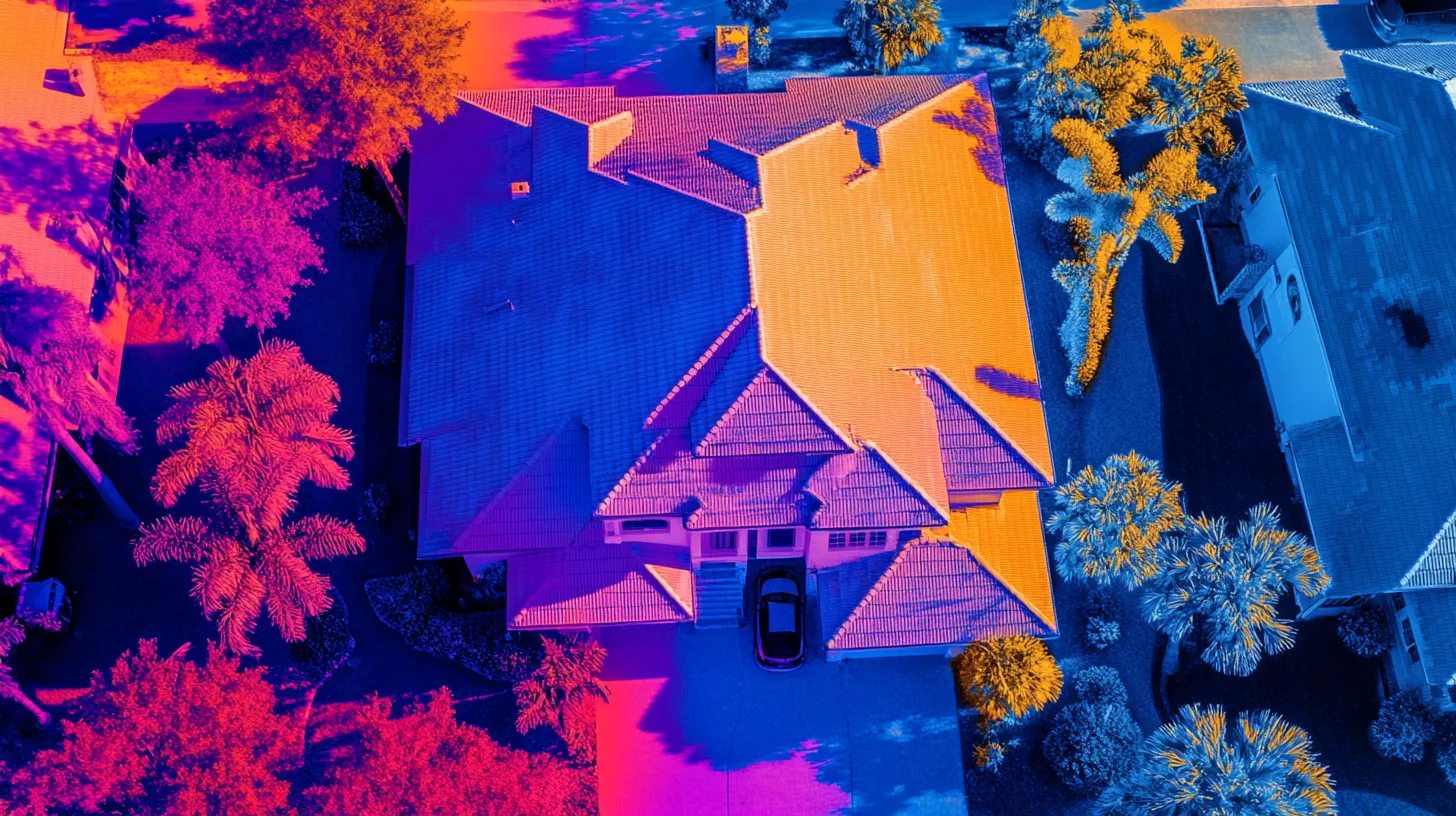
The Basics of How Thermal Imaging Cameras Work
A thermal imaging camera, also known as an infrared camera, operates on the principle that all objects emit infrared radiation, which is a form of electromagnetic radiation with a longer wavelength than visible light. The hotter an object is, the more infrared radiation it emits.
These specialized cameras are equipped with sensors that detect this infrared radiation and convert it into electronic signals. These signals are then processed to create a thermal image, also known as a thermogram, which displays the temperature distribution across the surface being imaged.
Instead of relying on visible light, thermal imaging allows us to “see” heat. This ability to visualize temperature differences makes it particularly useful for a wide range of applications, including roof inspections.
Advantages of Using Thermal Imaging for Roof Inspections
Traditional roof inspections often involve visual assessments and sometimes invasive procedures to identify potential problems. Thermal imaging offers a non-invasive, highly effective alternative. Here are some key advantages:
- Early Detection of Moisture Problems: Thermal imaging can detect moisture trapped within the roofing system, even in its early stages. This early detection allows for timely repairs, preventing further damage and costly replacements.
- Non-Invasive Inspection: Unlike traditional methods, thermal imaging doesn’t require physically altering the roof structure. It’s a completely non-destructive way to assess the condition of your roof.
- Comprehensive Assessment: A single thermal scan can provide a comprehensive overview of the entire roof, allowing for the identification of multiple issues in a single inspection.
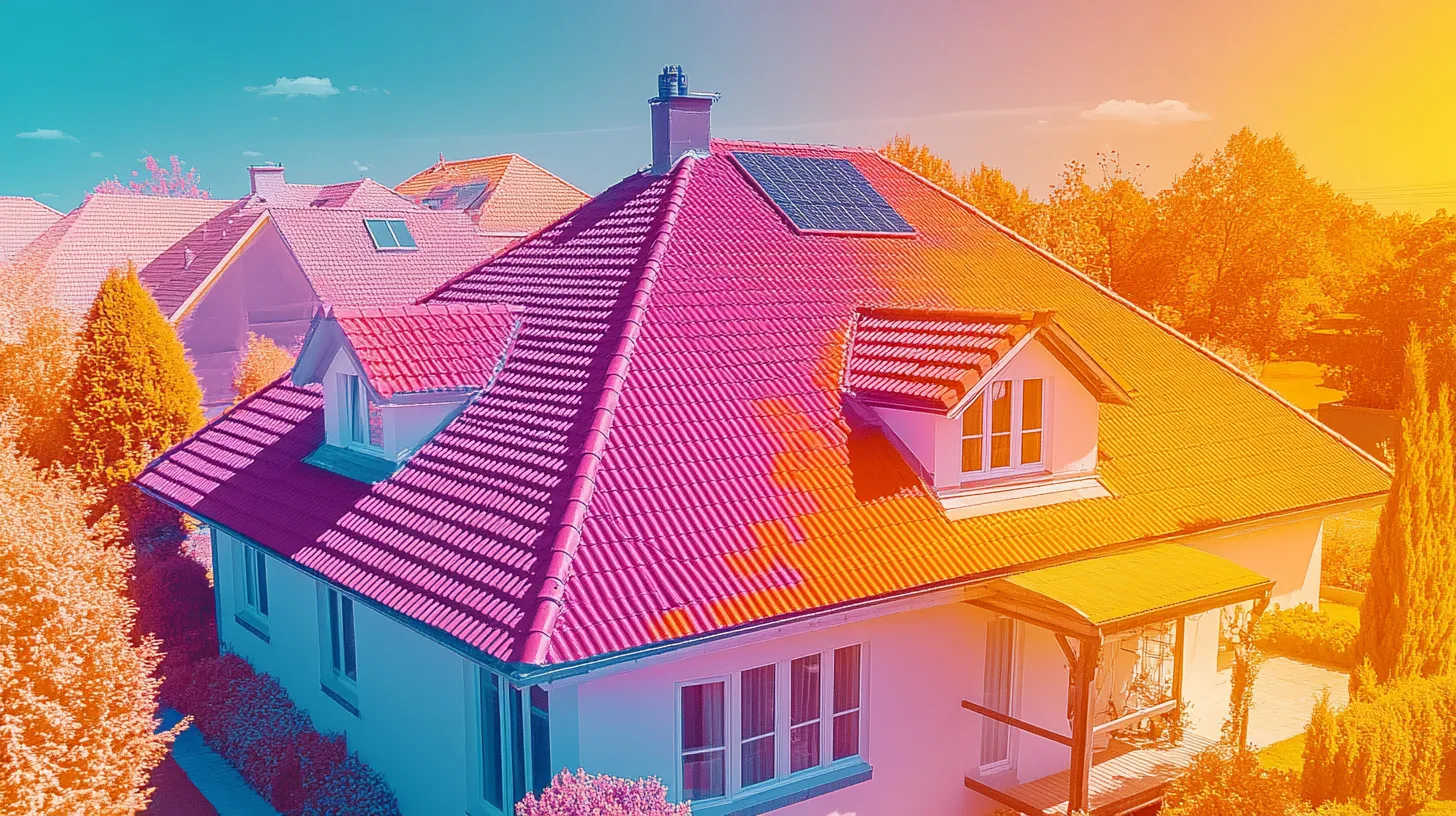
Key Features of Thermal Imaging for Roofs
Using thermal imaging cameras provides unique insights into the condition of roofing systems. This advanced technology allows us to detect problems that are invisible to the naked eye. By detecting the temperature differences across the roof surface, we can identify a range of issues.
These issues include those caused by moisture intrusion, inadequate or compromised insulation, and even very small leaks that might otherwise go unnoticed.
Detecting Moisture and Leakages
One of the most significant advantages of thermal imaging in roof inspections is its ability to pinpoint moisture intrusions and leaks. When moisture becomes trapped within the roof assembly, it affects the roof’s temperature.
Wet insulation, for instance, retains heat differently than dry insulation. A thermal imaging camera can identify these temperature variations, revealing the precise location of wet areas. By identifying the source of leaks and trapped moisture early on, we can prevent extensive damage to the roof structure, insulation, and interior ceilings and walls.
Identifying Insulation Issues
Insulation plays a crucial role in regulating the temperature inside a building, and compromised insulation can lead to significant energy loss. Thermal imaging allows us to assess the effectiveness of the insulation in a building.
By identifying areas where heat is escaping or cold air is infiltrating, we can locate gaps in insulation, damaged insulation, or areas with insufficient insulation. Addressing these issues not only improves energy efficiency but also enhances comfort and reduces energy costs.
Assessing Overall Roof Health
Beyond detecting specific problems like moisture and insulation deficiencies, thermal imaging provides a valuable overall assessment of the roof’s health. It allows us to identify areas of concern that might not be immediately apparent during a visual inspection.
For example, subtle temperature differences can indicate underlying issues such as deteriorating roof membrane assemblies or inadequate ventilation. This broader perspective on roof health enables homeowners to make informed decisions about maintenance, repairs, or potential replacement, ensuring the long-term integrity and performance of their roofs.

DT Roofing’s Expertise with Thermal Imaging
At DT Roofing, we have fully embraced the power of thermal imaging technology in Weatherford, TX. Our team of experienced roofing contractors is highly skilled in using and interpreting thermal images to provide accurate and reliable roof analyses. We understand that a roof is a complex system, and we utilize the latest technology to ensure that every aspect is thoroughly evaluated.
We believe in offering our clients the most advanced and effective solutions. That’s why we have incorporated thermal imaging into our roofing inspections, ensuring that we can identify and address even the most elusive roofing problems.
Why Choose DT Roofing for Your Roof Analysis?
With years of experience and industry expertise, DT Roofing stands out for thorough roof analysis using cutting-edge thermal imaging technology. Our certifications and recognition ensure a top-notch service for identifying issues with precision. Trust us for reliable and comprehensive roof assessments.
Our Certifications and Industry Recognition
We pride ourselves on our industry certifications and recognition. Our team of experts holds certifications in thermal imaging technology and infrared inspection. We are accredited by top organizations for our exceptional services in roof inspections using thermal imaging cameras. When you choose us, you benefit from our extensive expertise and reputation in the field. DT Roofing has also been honored with a number of prestigious awards, including Owens Corning Platinum Preferred Contractor, Best of Hood County for 13 years in a row, Best of Erath County for 2 years in a row, and being recognized as a Top 100 Roofer by Roofing Contractor magazine. We are also proud to be a TEK Platinum Partner, further solidifying our commitment to excellence in the roofing industry.
Your Next Steps
In conclusion, leveraging thermal imaging technology for roof inspections in Weatherford, TX offers unmatched efficiency and accuracy in detecting moisture intrusion and insulation issues. This advanced tool allows roofing contractors to assess the overall health of a roof structure swiftly and effectively. With the ability to identify problem areas like wet insulation or leakages, thermal cameras have become an essential asset for property management companies and homeowners alike. DT Roofing’s expertise with thermal imaging ensures a thorough analysis of roofs, making it a reliable choice for comprehensive roof inspections.
Frequently Asked Questions
Can thermal imaging see through roofs?
No, thermal imaging cannot see through roofs. Thermal imaging captures the infrared radiation emitted by objects, including roof surfaces. It detects temperature differences on the surface and within the roof structure, but it cannot penetrate solid materials like roofing shingles or metal panels.
What does thermal imaging look like?
Thermal imaging produces images called thermograms that use a color palette to represent temperature variations. Typically, warmer areas are displayed in colors like red and orange, while cooler areas appear in shades of blue and purple. This allows us to visually identify areas of heat loss, moisture, or temperature anomalies.
Read in our blog: How Roofs are Rated for Fire Resistance in Rural Texas Counties


